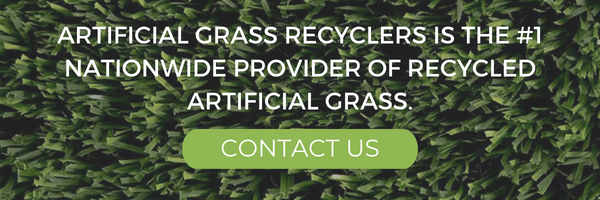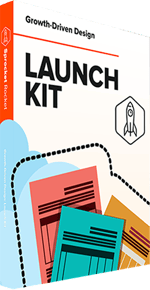Living in an apartment poses a few challenges for potty training your new puppy since your smaller space will make it harder to take them outside for restroom breaks.
Yet, it is possible to help them learn how and when to use the restroom with minimal messes even during the first few weeks. The most important thing is to be consistent as you show them your preferred place for using the potty and use positive reinforcement every time they display the correct behavior.
As you use these strategies, remember to enjoy this bonding time with your new pet so that they will continue to work toward learning this important part of their training.
Provide Frequent Trips Outside
As a new puppy owner, it is important to understand that young dogs are limited regarding how long they can hold their urine.
Typically, an eight-week-old puppy will need to be taken outside every 20 to 30 minutes.
Keep in mind that this also includes during the night. As your puppy grows bigger, you can extend the time between breaks outside according to how well they hold their bladder. Eventually, your dog will be able to hold their urine for several hours, and you will learn how to adjust your timing according to their eating and drinking habits.
While it may get tiring taking your dog outside this often, remember that it is only for a short time during the training period.
Repetition is critical for reinforcing positive behavior so each one of these trips outside is another opportunity to reward successful potty attempts with praise.
Set Up a Regular Feeding Schedule
Water should always be available to your dog, but you will notice they tend to drink more with their meals or after long periods of activity.
Meals, however, should be delivered on a schedule that is tailored to fit their age, breed, and size. Ensuring your dog doesn’t snack throughout the day will help them establish a regular pattern for elimination that you can use as a guide for your training.
Although every dog has different patterns, you should strive to take them outside shortly after eating and drinking to give them an extra push toward making a successful potty attempt.
Pick a Designated Potty Area Outside
Your puppy relies upon visual and scent cues to understand that it is time to use the potty.
Choose a designated space outside that you always take them to during potty training. If your apartment building has a designated doggie area, then this is a great place to start since your puppy will pick up on the scent of other dogs.
If not, then select a place with low foot traffic and always dispose of solid waste properly.
Recreate an Outdoor Experience Inside
Indoors, make sure to set up a separate space that your dog can use in the event that you are not at home or cannot get them outside in time.
This space should be easy to clean up, and you can use artificial grass for pets to make it feel more realistic. Choosing this surface material offers several benefits over puppy pads since it can be reused by simply rinsing it off.
You can place it anywhere, including your balcony or patio. Once you have set up your indoor potty area, show your dog that it is a safe place to use the restroom by giving the potty command and praising successful attempts.
Follow Your Dog’s Cues
As you get to know your puppy, you will learn their cues for needing to use the restroom.
Whining, pawing at the door or squatting are a few common ways dogs let you know they need to go outside. Some dogs will also sniff at the ground and turn in circles as though they are trying to find the right spot. When you notice the cues, stop what you are doing and take them outside.
Once they are in their designated spot, give the command and praise them when they use the potty.
Respond Quickly to Accidents
It is important to remember that puppies are going to have accidents.
Negative reinforcement such as yelling or swatting them will only make them afraid and less likely to respond positively to your training in the future. Therefore, simply pick your dog up as soon as you notice them going to the restroom and carry them outside or to their indoor grass patch.
Once there, provide your preferred command and give them positive reinforcement once they finish relieving themselves. If you discover an accident after the fact, don’t rub their nose in it or scold them since doing so will only confuse them.
Young puppies have short memories, and they may not associate your anger with the accident. Instead, clean it up promptly so that the scent will not attract them to the wrong place again.
Recruit Help
There may be times when you are unable to provide the consistent potty training your dog needs to be successful.
For example, working away from home for several hours will make it impossible to take your dog outside every few hours. Plan ahead by asking a friend or professional dog caregiver to visit your apartment during these times so that your dog does not get off schedule.
If your dog will be left alone during the times that a caregiver is not there, place them in a potty-proof safe area that is lined with the same artificial grass they have been training with all along.
Adding a canine companion to your apartment will fill it with joy.
Yet, you still have several months of puppy potty training ahead before you and your dog establish a solid routine. While there will be a few accidents along the way, enjoy praising your puppy’s efforts and know that there will be mess-free days just waiting around the corner. By investing your time and effort in potty training your puppy now, you can look forward to a happy future with your new pet.
Oct 18, 2016 9:13:45 AM


